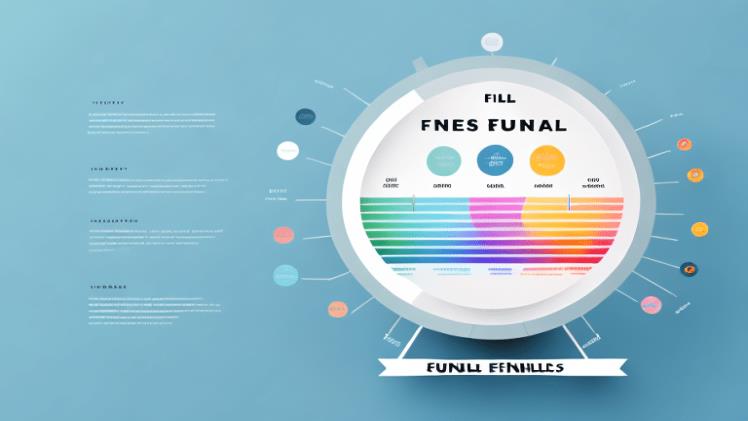Funnel charts have gained popularity as insightful assets in organizational decision-making. Predictably, their multifaceted nature allows businesses to glean valuable insights about consumer behavior. However, their utility extends even beyond consumer metrics. In this article, we delve deeper into the utility of funnel charts. Keep reading to learn more about what is a funnel chart.
Understanding the Definition of a Funnel Chart
A funnel chart is a data visualization tool that graphically represents the stages of a process and quantifies the progression rate. Commonly used in sales and marketing, its design makes it easy to demonstrate various stages in a business process and compare the number of occurrences between each stage.
The name ‘funnel chart’ comes from its shape, similar to a funnel. The top of the funnel represents the beginning of a process with higher numbers, while the bottom symbolizes the end of the process with lower numbers.
The funnel chart has been around for quite some time, and its wide acceptance stems from its intuitive and easy-to-understand design, which can be applied across different business contexts.
Importance and Utility of Funnel Chart in Business Analytics
The funnel chart plays a crucial role in business analytics. These charts effectively demonstrate conversion rates, revealing the performance of different stages in a process.
Moreover, by comparing the number of resources at different stages of the business process, management can better align strategies to maximize output at every stage.
A funnel chart essentially serves as a diagnostic tool, highlighting areas where major losses occur and need management intervention. It exposes gaps that require immediate action, thus aiding in effective decision-making.
Lastly, a well-constructed funnel chart provides a succinct snapshot of top-to-bottom flow, aiding in the visualization of data in an organized manner, boosting its interpretability, and promoting data-driven insights.
The Anatomy of a Solid Funnel Chart: Key Elements
An effective funnel chart consists of layers representing different stages of a process, sorted in descending order of magnitude. The vertical axis, or the chart’s length, signifies the process phases, while the horizontal axis represents the measurement units.
The top layer embodies the starting stage with the largest number of units, and each subsequent layer down the funnel represents the number of units that moved onto the next stage. The bottom layer shows the number of units that completed the process.
The width of each layer signifies the number of units at that stage, portraying bottlenecks and points of attrition. This gives users an immediate visual cue about where most units fail to progress to the next stage.
Lastly, the areas between the stages, also known as the ‘necks’ of the funnel, illustrate the drop-off points, allowing companies to identify where and how much potential output is lost.
Practical Applications of Funnel Charts in Various Industries
The wide range of applications of funnel charts spans numerous industries. Primarily, these charts are used in sales and marketing to track customer journeys from awareness to purchase. It depicts customer retention and attrition at each stage.
In the healthcare industry, funnel charts illustrate patient flow—from admission to discharge or eventual in-patient treatment. These charts clearly represent the effectiveness of the care provided and pinpoint areas demanding attention.
Similarly, in the manufacturing sector, funnel charts are instrumental in demonstrating the efficiency of various production stages by revealing bottlenecks and inefficiencies.
Insights Gained From Funnel Charts: Improving Business Strategies
The insights from funnel charts directly influence business strategies. By divulging the stages that induce the most drop-offs, they direct efforts toward improving operational efficiency and increasing conversion rates.
Funnel charts allow for a visual understanding of the system’s leakage points, facilitating better resource allocation, managerial oversight, and improved business performance.
The insights gained from funnel charts empower businesses to make data-driven decisions, optimize resources, and maximize output, all in a bid to achieve their strategic objectives.

